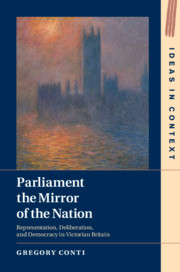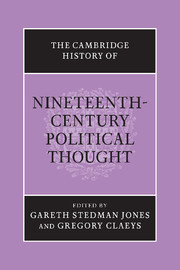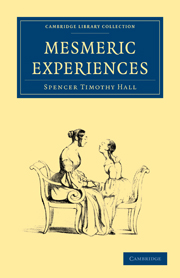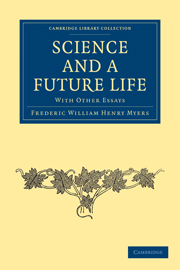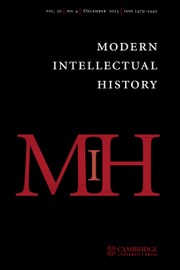Parliament the Mirror of the Nation
The notion of 'representative democracy' seems unquestionably familiar today, but how did the Victorian era - the epoch when the modern democratic state was made - understand democracy, parliamentary representation, and diversity? In the famous nineteenth-century debates about representation and parliamentary reform, two interlocked ideals were of the greatest importance: descriptive representation, that the House of Commons 'mirror' the diversity that marked society, and deliberation within the legislative assembly. These ideals presented a major obstacle to the acceptance of a democratic suffrage, which it was widely feared would produce an unrepresentative and un-deliberative House of Commons. Here, Gregory Conti examines how the Victorians conceived the representative and deliberative functions of the House of Commons and what it meant for parliament to be the 'mirror of the nation'. Combining historical analysis and political theory, he analyses the fascinating nineteenth-century debates among contending schools of thought over the norms and institutions of deliberative representative government, and explores the consequences of recovering this debate.
- Produces a new history of British political thought during one of the most critical periods of modernity: the transition from elite parliamentarism to mass democracy
- Offers the first theoretical reconstruction and analysis of the British movement for proportional representation
- Provides a new window on the concept of 'representation' and the relationship between democracy, diversity, deliberation, and liberalism
Reviews & endorsements
'In Parliament the Mirror of the Nation: Representation, Deliberation, and Democracy in Victorian Britain, Gregory Conti guides us through this Victorian conversation with skill and erudition.' Philip Harling, Victorian Studies
Product details
April 2019Hardback
9781108428736
432 pages
234 × 159 × 26 mm
0.72kg
Available
Table of Contents
- Acknowledgments
- Notes on the text
- List of abbreviations
- Introduction
- 1. Diversity without democracy, the theory of the variety of suffrages, Part 1: Institutions and sociologies
- 1.1. Mirroring and electoral diversity before the First Reform Act
- 1.2. Institutions and Sociologies
- 1.3. The Decline of the variety of suffrages
- 2. Diversity without democracy, the theory of the variety of suffrages, Part 2: Values and criticisms
- 2.1. Justice
- 2.2 The rule of public opinion
- 2.3. Deliberation
- 2.4. Stability
- 3. Democracy, diversity, and contestability: democracy against the variety of suffrages
- 3.1. Diverse democracy
- 3.2. Radical or undescriptive democracy
- 4. Diversity with democracy? Proportional representation, Part 1: Concepts and techniques
- 4.1 The pre-history of PR in Britain
- 4.2. The institutional and conceptual core of Victorian PR
- 5. Diversity with democracy? Proportional representation, Part 2: The debate on PR's moral and political effects
- 5.1. The moral benefits of PR
- 5.2. Millian rebuttals: the local constituency and the threat of stagnation
- 5.3. The problem of parties
- Conclusion
- Select bibliography
- Index.

